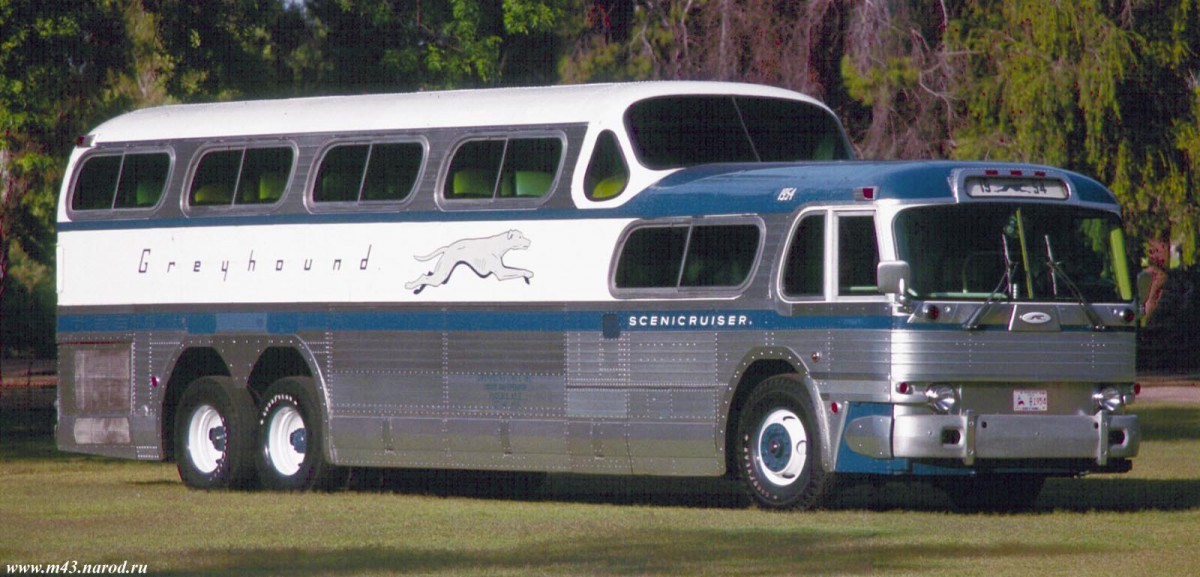Most books about the history of the motorcoach industry are written by enthusiasts or industry veterans.
When he began work on “Scenicruising” (Copyright 2015, Lulu Press, Raleigh, N.C.), an extensive history of the iconic and groundbreaking Scenicruiser, Paul von Fange was neither.
Perhaps as a result, he brings special perspective to the coach and our business. He has produced a uniquely thorough history of the development of the motorcoach industry’s most recognized “deck-and-a-half” coach.

He took his family to a museum, found himself captivated by a weary Scenicruiser, and felt its history should be told and preserved.
Von Fange provides insight regarding the “who,” “why” and “how” of what Greyhound and General Motors were thinking as they together developed the first modern motorcoach. Innovation had been stifled by the demands of World War II, and Greyhound’s visionary president, Orville Caesar, knew that to survive in the coming age of the automobile, the company needed something special.
The Scenicruiser answered that pent-up demand for a new bus when it exploded onto the scene in 1954 with a long list of new technology that remains the basis for current coaches.
Air suspension, large passenger windows, massive luggage bays, integral engine-driven HVAC, power steering and higher passenger capacity were all standard equipment. Every contemporary manufacturer was eventually forced to follow suit.
Not only was the ‘cruiser a giant technological leap forward, designer Raymond Loewy’s timeless lines influenced the appearance of competitive coaches well into the 1970s.
The scope of this 495-page book is huge, and in addition to offering an extraordinarily detailed timeline of the development and testing of first the concept, then the coach, von Fange provides historical and political context.
The Scenicruiser is hailed today as one of the greatest buses ever built, but many of us have forgotten (or never knew) the huge technical and regulatory barriers it had to surmount to first survive, then thrive.
Von Fange has included many photos, documents and drawings, not only of the Scenicruiser but of the two prototypes that preceded it, and a number of interesting and fun anecdotes. Many of us in the bus industry think we know the story, but “Scenicruising” lays to rest many misconceptions and fills in a lot of blanks.
There are a number of good Scenicruiser books on the market, but most concentrate on parts of the story. “Scenicruising” is well documented and encyclopedic in scope, while remaining very engaging.
You don’t have to be a “bus nut” to enjoy this book. It sheds light on the times, and the risky and complicated process any business must go through when launching an ambitious project. The Scenicruiser nearly broke Greyhound before propelling it past all its competitors for years to come.
Bill Luke, a bus-industry legend himself, wrote the forward, and says “the author’s goals have been met, not only in compiling the most comprehensive history to date of the Scenicruiser, but also by encouraging the reader to engage and take up the cause of preserving one of America’s most iconic transportation vehicles.”



